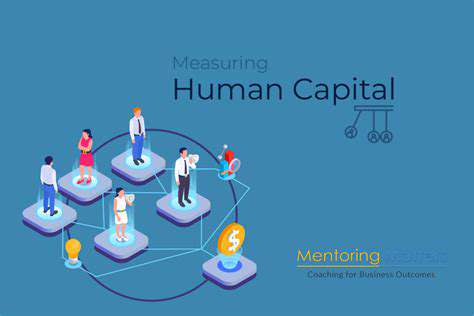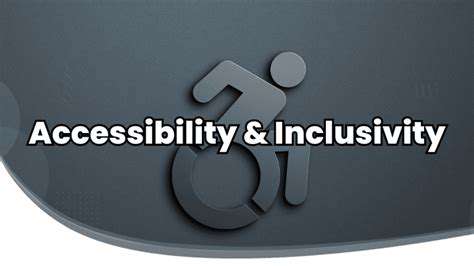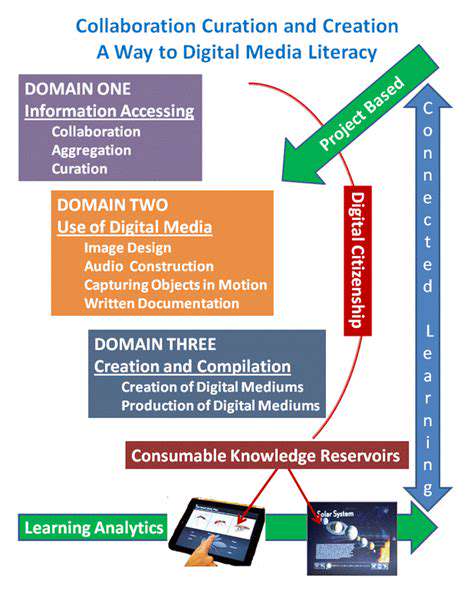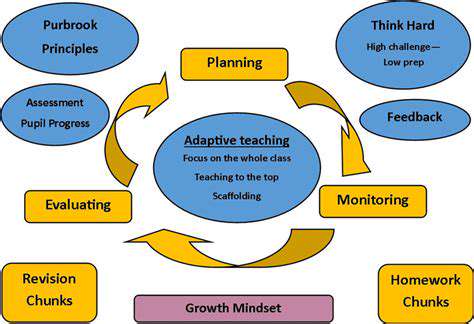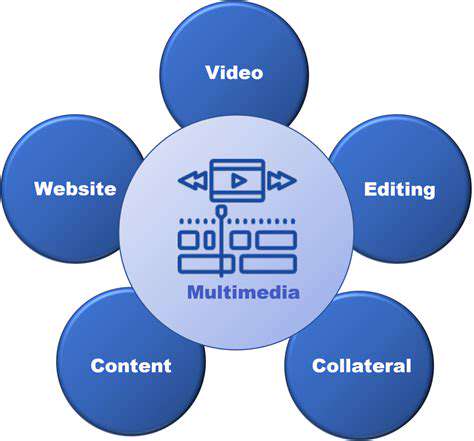From Reactive to Proactive: The Strategic Hybrid Shift

Understanding the Reactive Trap
The reactive trap, a common pitfall in software development, stems from a tendency to build systems that are overly sensitive to external events. This often leads to complex, difficult-to-maintain codebases where changes in one part of the application can have cascading effects throughout the entire system. Developers frequently fall into this trap due to the allure of immediate responsiveness and the perceived elegance of reacting to events. However, this approach can quickly become unwieldy and lead to a loss of control over the application's behavior.
Over-reliance on Event Handling
Over-reliance on event handling can quickly create a tangled web of callbacks and listeners. This intricate network of dependencies makes debugging and maintenance an arduous task. Every change requires careful consideration of how it might impact other parts of the system, increasing the risk of introducing bugs and hindering development progress. It's crucial to identify when event handling is truly necessary and explore alternative architectural patterns that offer better control and predictability.
Developing systems that are overly reactive can lead to a lack of modularity and cohesion. This is because each component is highly dependent on external events, rather than having well-defined interfaces and responsibilities. This makes it challenging to understand the system as a whole and to make changes without causing unintended consequences.
Performance Implications
The constant monitoring and reacting to events can significantly impact performance. Excessive event handling can lead to performance bottlenecks, especially in high-traffic applications or those with numerous event sources. It's essential to carefully consider the performance implications of reactive architectures and implement strategies to optimize the handling of events, such as batching and queuing.
Maintaining Codebase Complexity
As applications grow more complex, maintaining a reactive codebase becomes a significant challenge. The intricate web of event listeners and callbacks makes it hard to understand how different components interact. This lack of clarity significantly slows down the development process and increases the risk of introducing bugs. It's critical to establish clear patterns and guidelines to manage the complexity of event-driven systems.
Alternatives and Strategies
To avoid the reactive trap, developers should consider alternative architectural patterns that prioritize control and predictability. These include more structured approaches such as command-based architectures or message queues. Such frameworks often allow for better modularity, improved testing, and easier maintenance. Adopting a more proactive approach, where components initiate actions rather than solely reacting to events, is often a viable alternative. This helps create more manageable and maintainable systems in the long run.

Cultivating a Proactive Culture: Fostering Innovation and Agility
Defining Proactive Culture
A proactive culture isn't just about reacting to problems as they arise; it's about anticipating potential challenges and opportunities, and proactively seeking solutions. This forward-thinking approach fosters a dynamic environment where employees feel empowered to identify issues, suggest improvements, and contribute to the overall success of the organization. It's a fundamental shift from a reactive mindset, where problems are addressed only when they directly impact operations.
Identifying Key Traits of a Proactive Organization
Proactive organizations exhibit several key characteristics. They prioritize continuous learning and improvement, encouraging employees to stay abreast of industry trends and emerging technologies. Open communication channels are vital, allowing for the free flow of ideas and feedback. Trust and psychological safety are fostered, empowering employees to take risks and experiment without fear of judgment.
Furthermore, proactive organizations recognize the importance of employee empowerment. This includes delegating responsibility, providing autonomy, and trusting employees to make decisions within defined parameters. This empowers employees to contribute their unique skills and perspectives, driving innovation and creativity.
Encouraging Employee Ownership
A proactive culture is built on a foundation of employee ownership. Organizations must empower their employees to take responsibility for their work, fostering a sense of accountability and ownership. This can be achieved through clear communication, well-defined roles and responsibilities, and providing employees with the resources and support they need to succeed. When employees feel empowered, they are more likely to take initiative and contribute their ideas.
Implementing Systems for Continuous Improvement
Systems for continuous improvement are essential to a proactive culture. These systems should be designed to encourage employees to identify areas for improvement, suggest solutions, and implement those solutions effectively. Implementing regular feedback mechanisms and encouraging open dialogue will provide valuable insights into potential challenges and opportunities, enabling proactive responses and preventing costly issues.
Fostering a Culture of Innovation
Innovation is a cornerstone of a proactive culture. Organizations must cultivate an environment where employees feel safe to experiment, take calculated risks, and explore new ideas. This can be achieved through providing resources for experimentation, establishing clear guidelines for innovation, and recognizing and rewarding innovative contributions. Creating a space where creativity can flourish is paramount to achieving a proactive culture.
Developing Agility and Adaptability
Agility and adaptability are crucial for navigating an ever-changing business landscape. A proactive organization must be flexible and responsive to market shifts, technological advancements, and evolving customer needs. This requires fostering a culture of continuous learning, enabling employees to quickly adapt to new challenges and seize new opportunities. Embracing change as an opportunity for growth is key to building an agile organization.
Measuring and Refining Proactive Strategies
Finally, proactive strategies must be continuously measured and refined. Tracking key performance indicators (KPIs) related to innovation, problem-solving, and employee engagement can provide valuable insights into the effectiveness of implemented strategies. Regular feedback sessions and performance reviews are crucial to identify areas for improvement and ensure that the proactive culture remains relevant and effective in achieving organizational goals. This iterative process of evaluation and adjustment is essential to maintaining a forward-thinking approach.
Read more about From Reactive to Proactive: The Strategic Hybrid Shift
Hot Recommendations
- The Gamified Parent Teacher Conference: Engaging Stakeholders
- Gamification in Education: Making Learning Irresistibly Fun
- The Future of School Libraries: AI for Personalized Recommendations
- EdTech and the Future of Creative Industries
- Empowering Student Choice: The Core of Personalized Learning
- Building Community in a Hybrid Learning Setting
- VR for Special Education: Tailored Immersive Experiences
- Measuring the True Value of EdTech: Beyond Adoption Rates
- Addressing Digital Divide in AI Educational Access
- Preparing the Workforce for AI Integration in Their Careers


